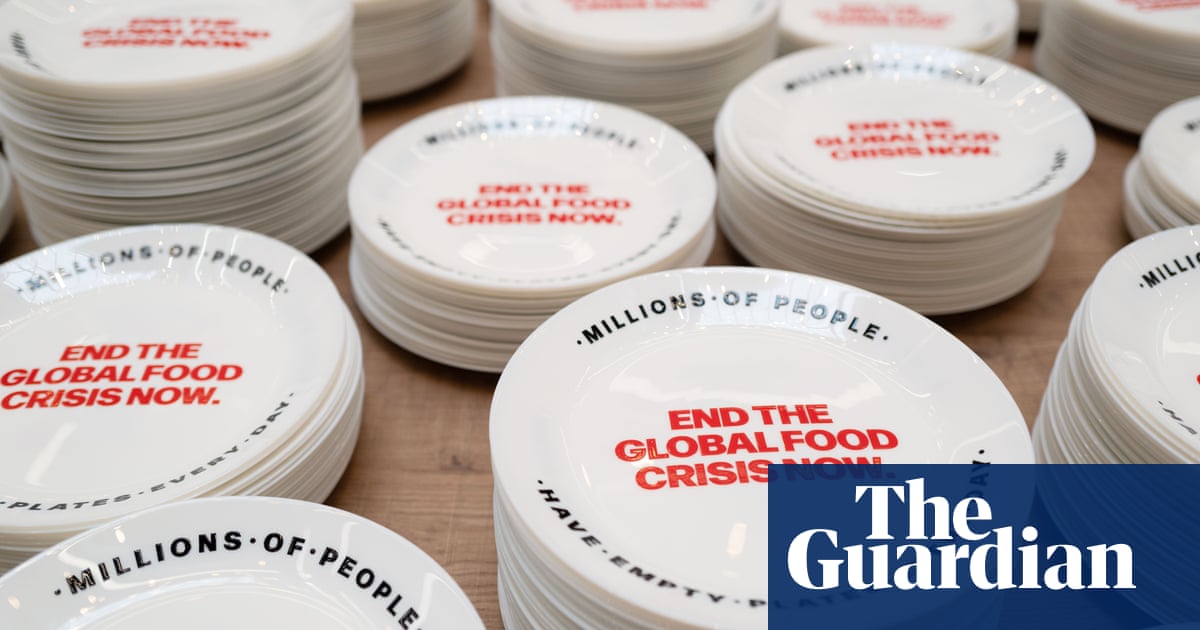Africa will overtake Asia as the continent with the highest number of people experiencing hunger in the world by 2030, the UN has predicted.
In its annual state of food security and nutrition report, five UN agencies said there was a “clear trend” of rising prevalence of undernourishment in Africa.
Africa already has the largest proportion of people who do not have enough nutritious food to eat (20.4%) but Asia is home to more than half the world’s hungry people. In 2023, 384.5 million people in Asia were facing hunger, compared with 298.4 million in Africa.
Alvaro Lario, president of the International Fund for Agricultural Development (Ifad), said the situation is “alarming” and projected to get worse unless action is taken. “In a decade, because of population growth and current dynamics, [the problem] will be harder to solve, with a much higher number of people in Africa suffering from chronic hunger,” said Lario.
Asia had a bigger focus on local production, diversification of crops, the use of fertilisers and more public investment than in Africa, Lario added.
The report, published on Wednesday, said that if current trends continue, almost 600 million people will be chronically undernourished by 2030, with 53% living in Africa. The figure will resemble those seen in 2015, said the report, marking a concerning stagnation in progress.
Elizabeth Nsimalda, president of the Eastern Africa Farmers Federation (EAFF), which represents 25 million food producers, said: “We are losing the battle against hunger, especially in rural communities where many of the people who produce the food we eat are unable to feed themselves and their families.”
There are an estimated 33m smallholder farms in Africa, which provide up to 70% of the continent’s food supply.
The climate crisis is having a severe impact on farmers and food security, said Diana Onyango, head of Farm Africa’s technical team. In east Africa, where she is based, failed rains since 2020 have led to an extensive drought. Farmers lack the information and knowledge to help them diversify, she said. “As much as they want to diversify, they might not be aware of the best crops, livestock and practices to apply to help them be more adaptable and resilient to climate change.”
Conflict is also a major driver of food insecurity. In areas of Ethiopia, farmers cannot access their land and have been forced from their homes, said Onyango.
Olivier De Schutter, UN special rapporteur on extreme poverty and human rights, and co-chair of the International Panel of Experts on Sustainable Food Systems, said: “This is not just a blip, the global industrial food system is disastrously vulnerable to increasing climate, conflict and economic shocks – with climate change increasingly pounding farmers.
“Building climate-resilient food systems is now a life-or-death matter. As is establishing social protection floors and ensuring workers are paid living wages. We desperately need a new recipe for addressing hunger.”
The report was published by the Food and Agriculture Organisation, Ifad, Unicef, the World Food Programme and the World Health Organization.












